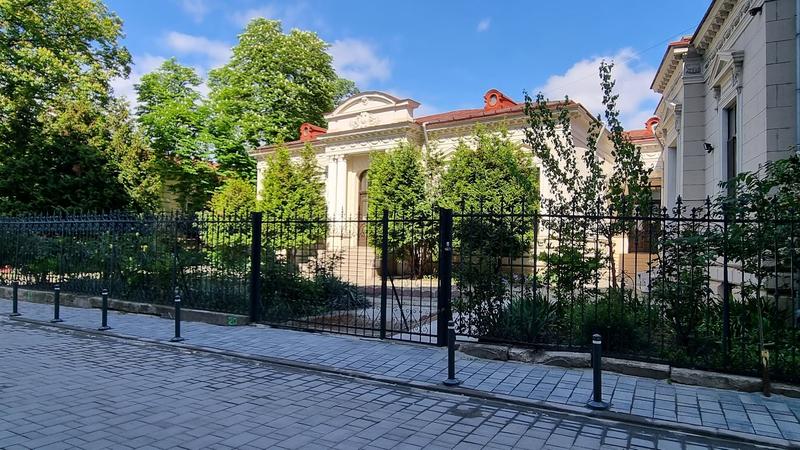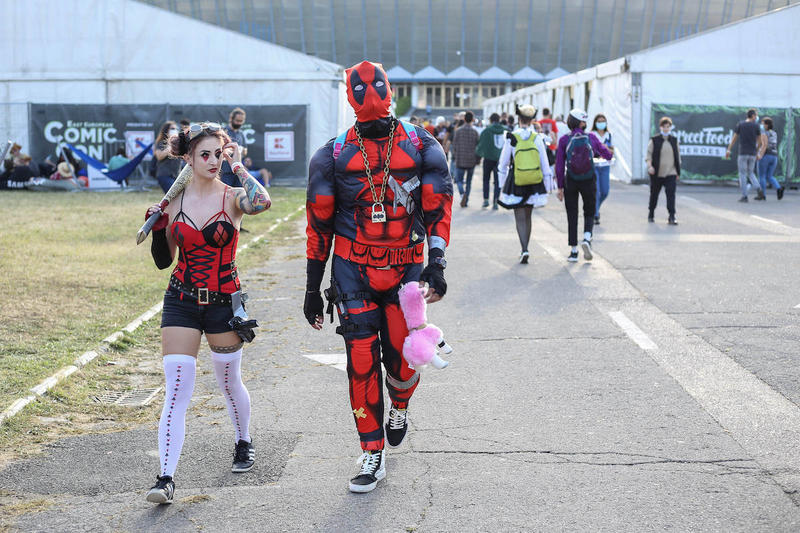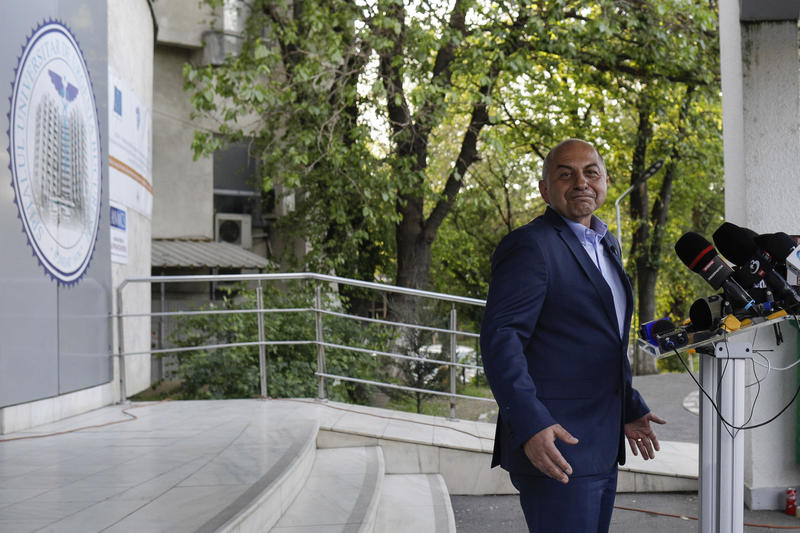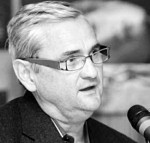Russian spies are, once again, the headlines of the international press, after the US arrested 10 persons accused of setting up a spy network in favour of Russia. Foreign Policy, in its electronic version, presents the story of a Russian spy who arrived in Romania after the second World War.
According to Nikolai Hohlov, KGB spy, the life of an undercover agent working for the Russian secret services entails to look ordinary, integrate and expect a mission from Moscow, which may or may not arrive.
"Illegals -- the term of art for the class of spies whom Moscow has trained and planted in western countries since at least the 1940s -- are among the elite of Russia’s intelligence corps, first in the KGB and today in its successor, the FSB. Aside from assassins, they have the hardest work, and are often the most valued", Foreign Policy reads.
Pavel Sudoplatov General, one of the main KGB spies involved in the mission to assassinate Lev Trotki and the man handling Hohlov, explains in his book the two types of undercover agents: "Illegals operate without diplomatic cover under false identity. There are two types of illegal operations. One is to live undercover in the West awaiting assignment from the Center (security service headquarters) and building a network of agents. This is a long-term assignment and can last from five to fifteen years. Another, more dangerous, illegal role is to penetrate hostile intelligence services, posing as a sympathizer coming from the Soviet Union."
Hohlov pretended to be a Nazi soldier as part of the mission to assassinate SS Wilhelm Kube officer in Minsk. In 1945, when the war was not finished yet, he was sent to Romanian as "Illegal". Here he said he was a Polish immigrant, named Stanislaw Levandowski. He was given money to open a store and sell electronic goods. He married a Romanian woman, explaining he needed the marriage to get citizenship and keep the shop.
Four years later, after nom mission, Hohlov got bored and requested insistently to return to Moscow. He fled to the US in the '50s, after refusing an assassination mission, where he survived KGB's attempt to kill him using radioactive thallium.


















